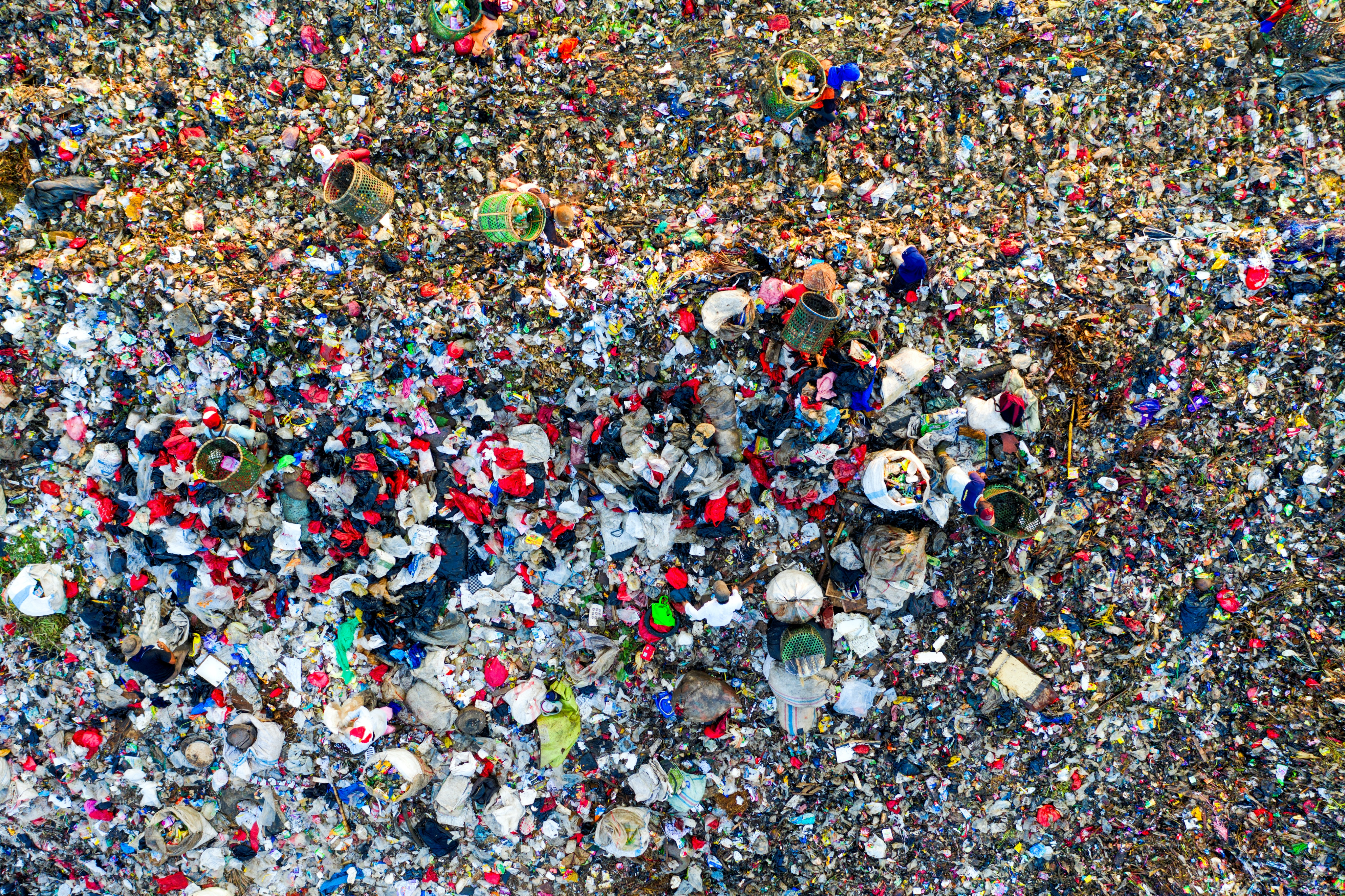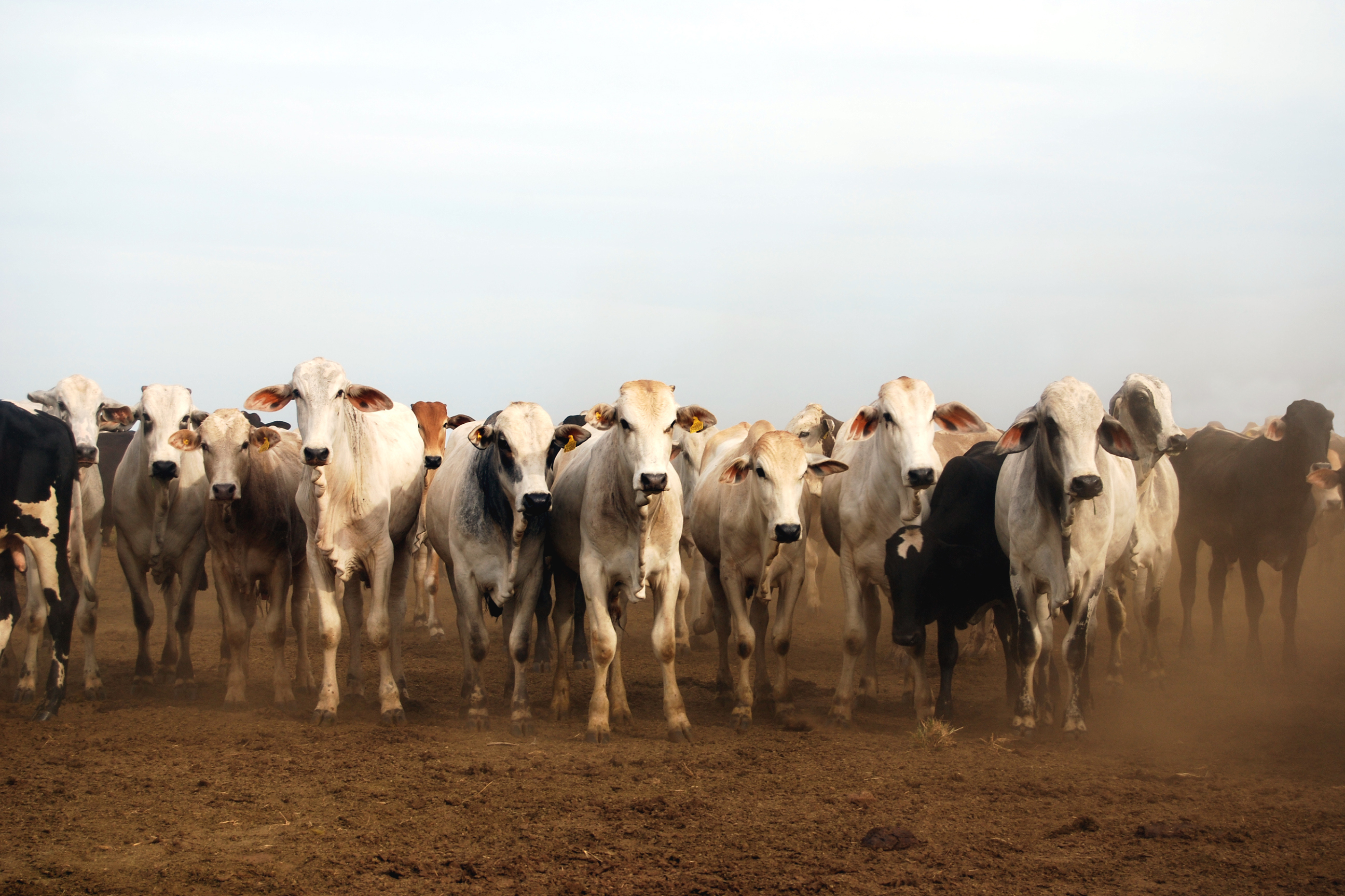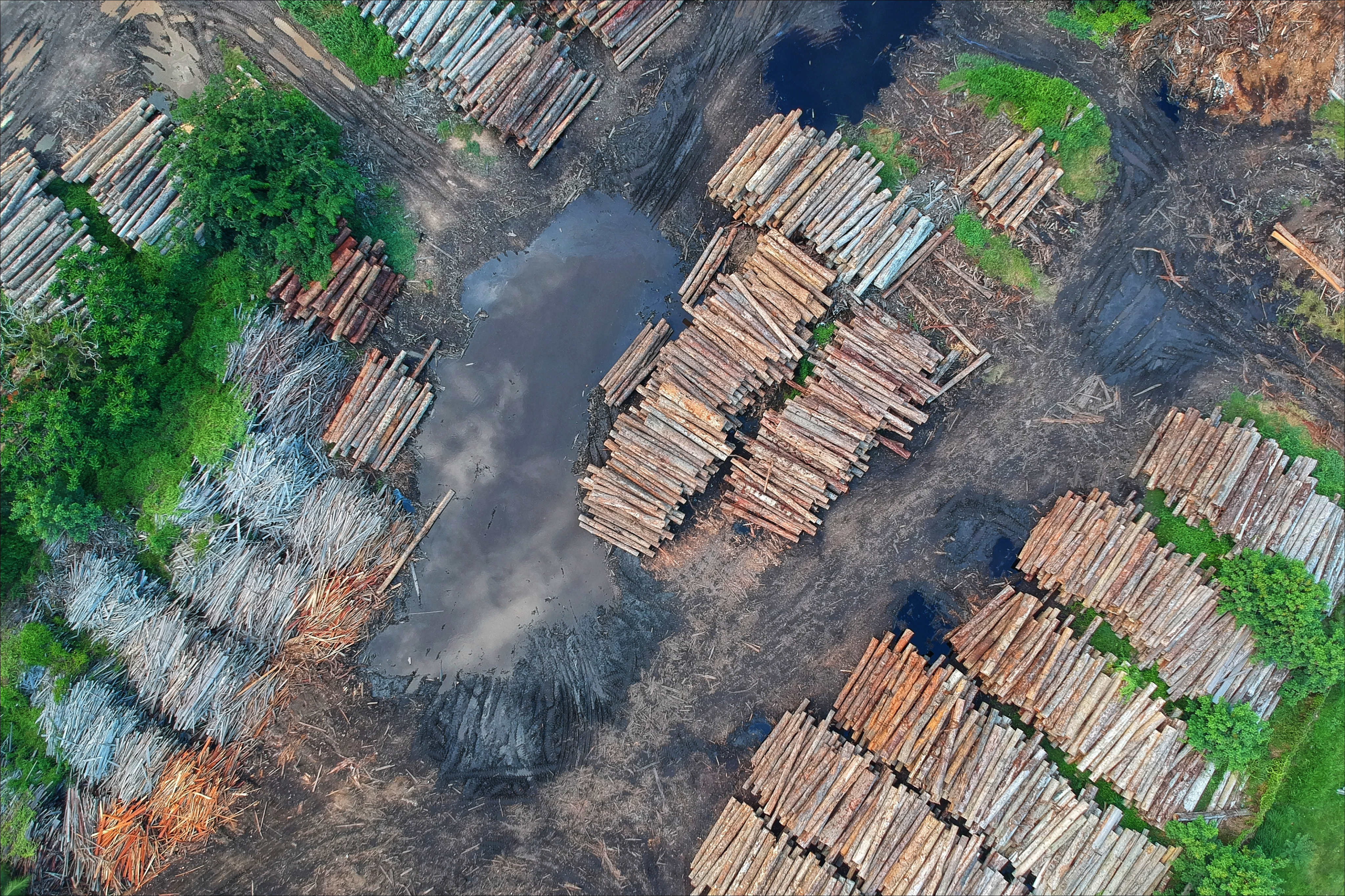Protecting the environment
for the future generations

Our commitment to the environment
Reduced returns
Returns are not just ruining the profits; they're ruining the environment. And it's not just a logistics problem, it's also the inflation of demand driving over-production and landfills. The key to reduced returns is getting sizing right.
Environmental aspect
With sizing solved it's time to build sustainable shopping platforms. Your customers want to make right and sustainable choices so why not make the opportunity available for them.
Social impact
Zizr plays a positive role in the community and consider the environmental and social impact of business decisions. It is closely linked to sustainability − creating economic, social, and environmental value.
Every fourth clothing item you return ends up polluting the environment
Returned clothing and apparel from fashion and sports contribute significantly to landfill waste. Manufacturing garments requires substantial resources and energy and with a staggering 25% of all returned items ending up at landfills we are overusing and disposing lifegiving and valuable resources.

≈ 25% of all returned items ends up in landsfills
Finding the right size and
fit is a main driver of returns
In today's fast-paced e-commerce landscape, a staggering 72% of consumers have reported that their most recent reason for returning an item was due to size and fit issues. This prevalent problem not only frustrates shoppers but also has significant implications for the environment.
Uncertainty regarding size and fit leads many consumers to engage in a behavior known as "bracketing." This practice involves purchasing the same item in multiple sizes with the intention of keeping the best-fitting one and returning the rest. While this strategy may seem like a practical solution for shoppers, it has far-reaching consequences.
Bracketing inadvertently inflates demand, as it creates the illusion of higher sales. Retailers often interpret this increased demand as a signal to produce more of these items, resulting in overproduction. As a consequence, resources are wasted, and the environmental footprint of the fashion industry grows larger.

Rainforests, a shrinking lifeline
The fashion industry heavily depends on natural resources like wood for paper, packaging, and clothing production, often sourced from biodiverse rainforests. Deforestation for wood production destroys habitats, releases carbon dioxide, and exacerbates climate change. The industry consumes a large portion of global wood, using wood pulp for textiles, clothing, and packaging. If we are adapting more sustainable shopping behaviours and practices while supporting environmentally responsible companies, we can help protect rainforests for future generations.


5 million kvm2 deforested
and burned to make room for
60 million cattle
Two common materials used often in the production of clothing and apparel is leather and viscose. A main source of those materials are trees and cattle. In the Amazonian rainforest alone, 5 million kvm2 have for instance been deforested and burned to make room for 60 million cattle raised for meat- and leather production.
Production of rayon and viscose
The amount of CO2 emitted from deforestation of 1 square kilometer of forest can vary depending on a number of factors, including the type of forest, the density of the trees, and the methods used for clearing the land. However, on average, it is estimated that the deforestation of 1 square kilometer of tropical forest can result in the release of approximately 200-300 tons of CO2 into the atmosphere which is the equivalent of an average gasoline car driving 307km.
This figure takes into account both the carbon stored in the trees themselves, as well as the carbon that is released through the burning or decay of the cleared vegetation. In addition, deforestation can also contribute to future emissions by reducing the ability of the forest to absorb carbon dioxide from the atmosphere through photosynthes


“Leather and biofibers from rainforests are used to make fashion products. Getting sizing right can have a big positive impact, reducing the destruction of the rainforests we all depend on. Zizr's technology can reduce the fashion industry's carbon footprint, which is very good!”
Anders Tufte - Rainforest Foundation